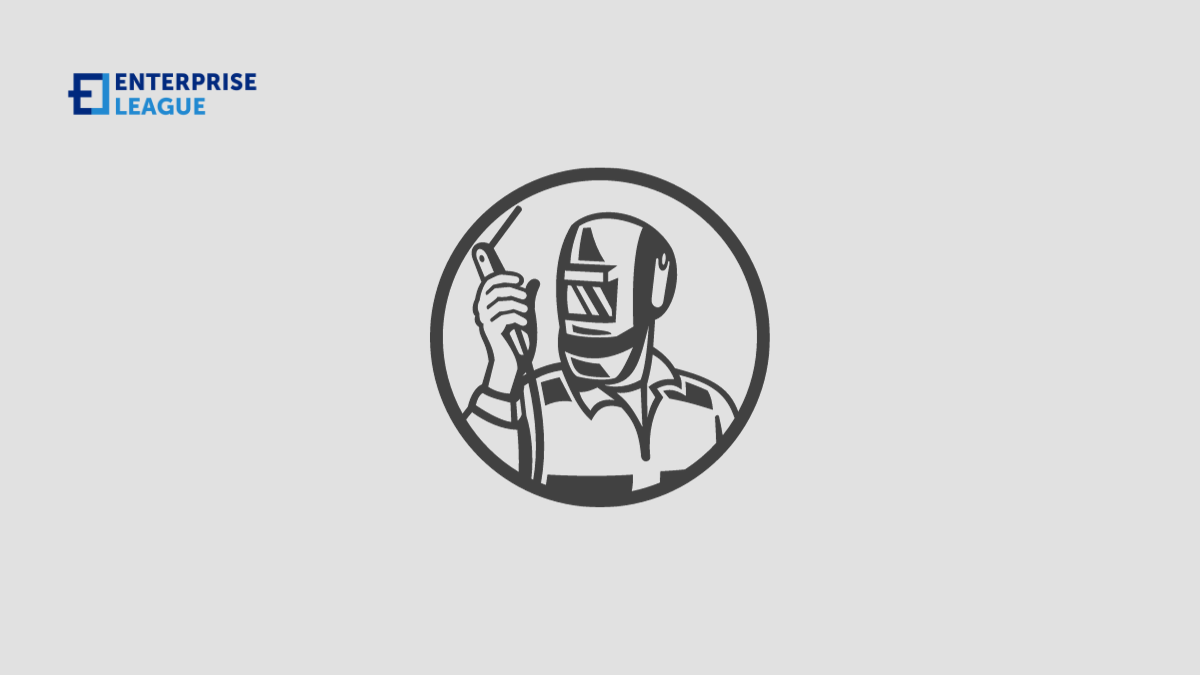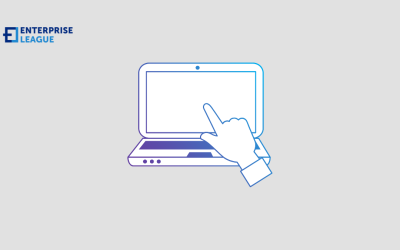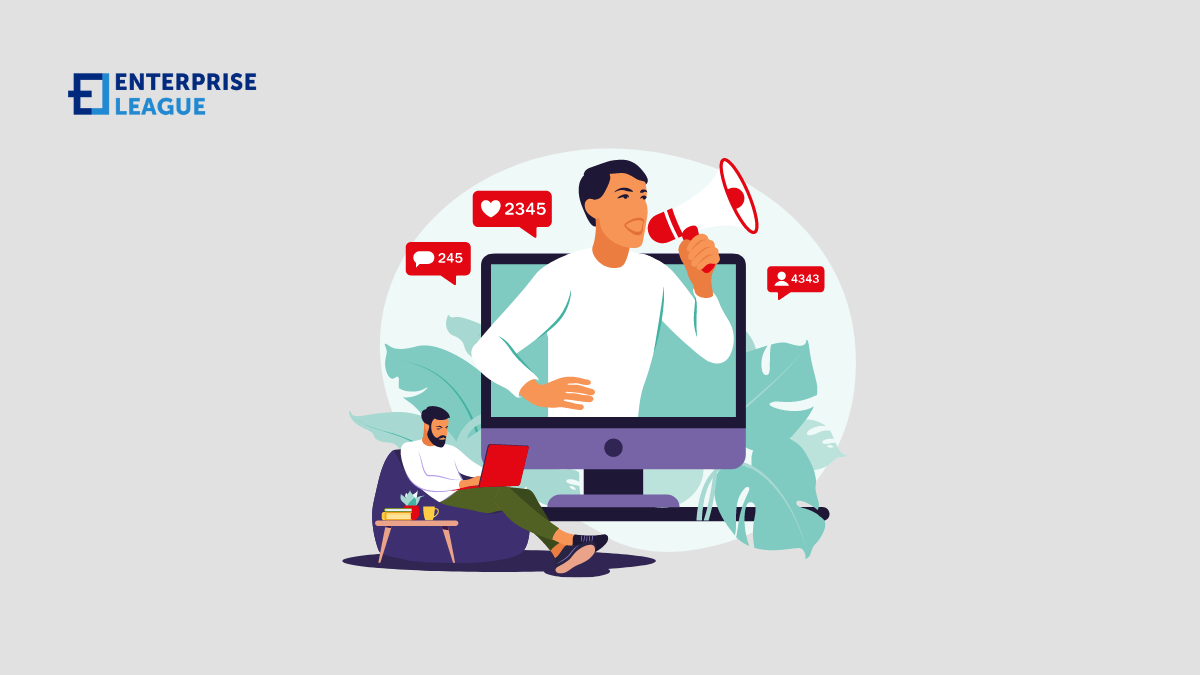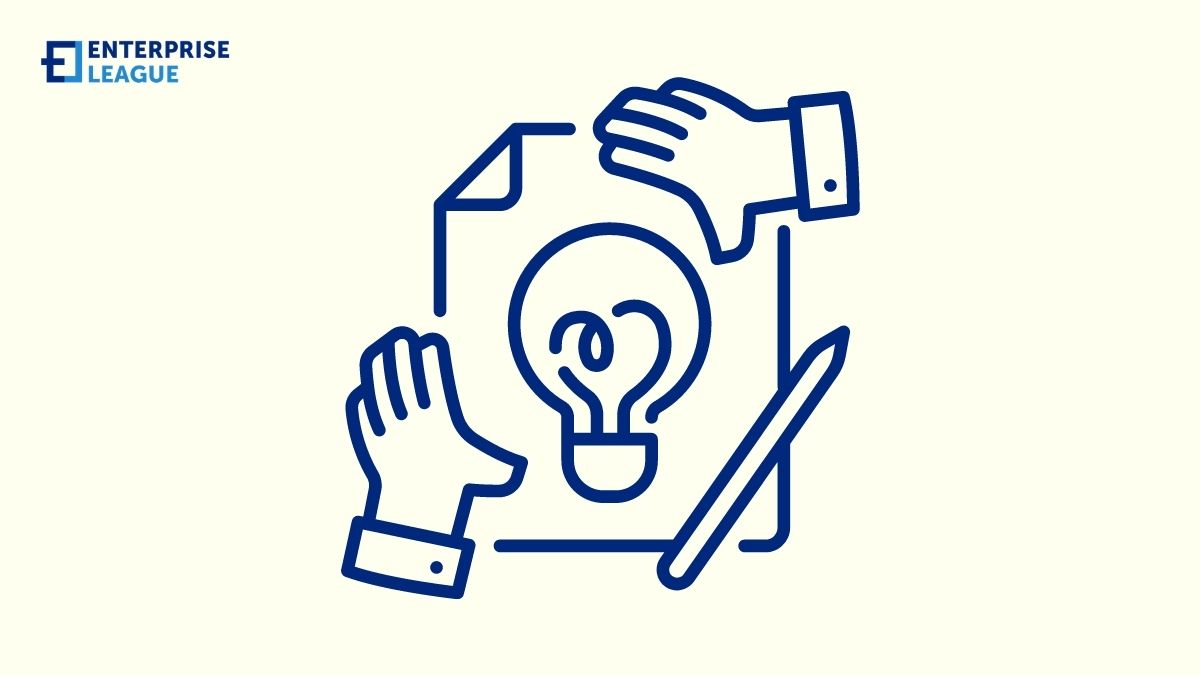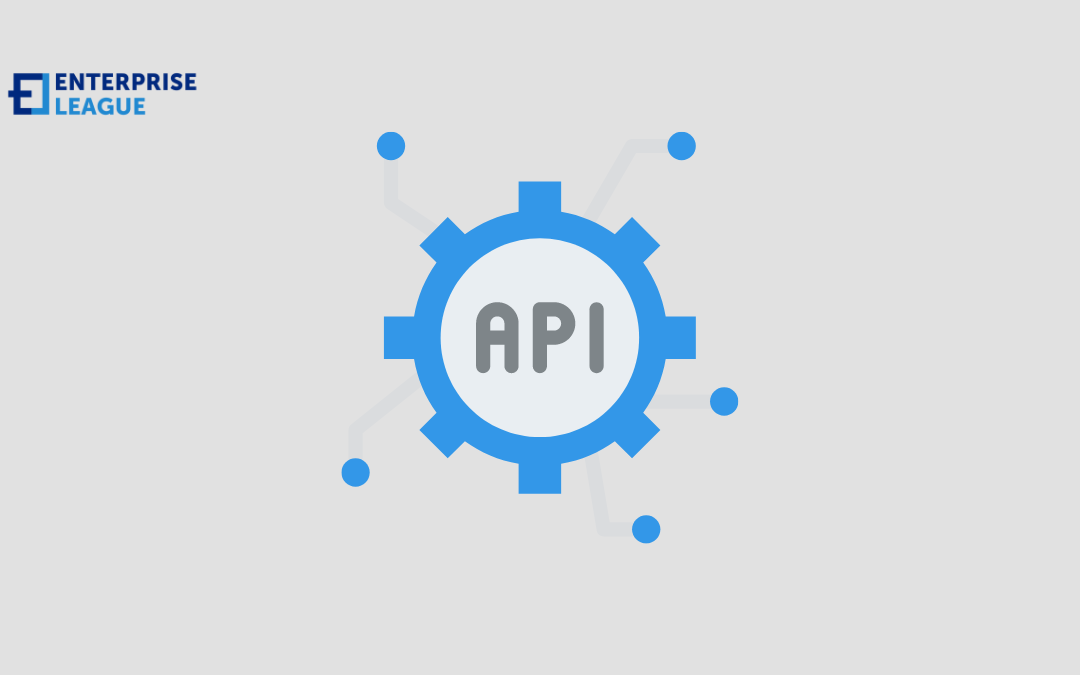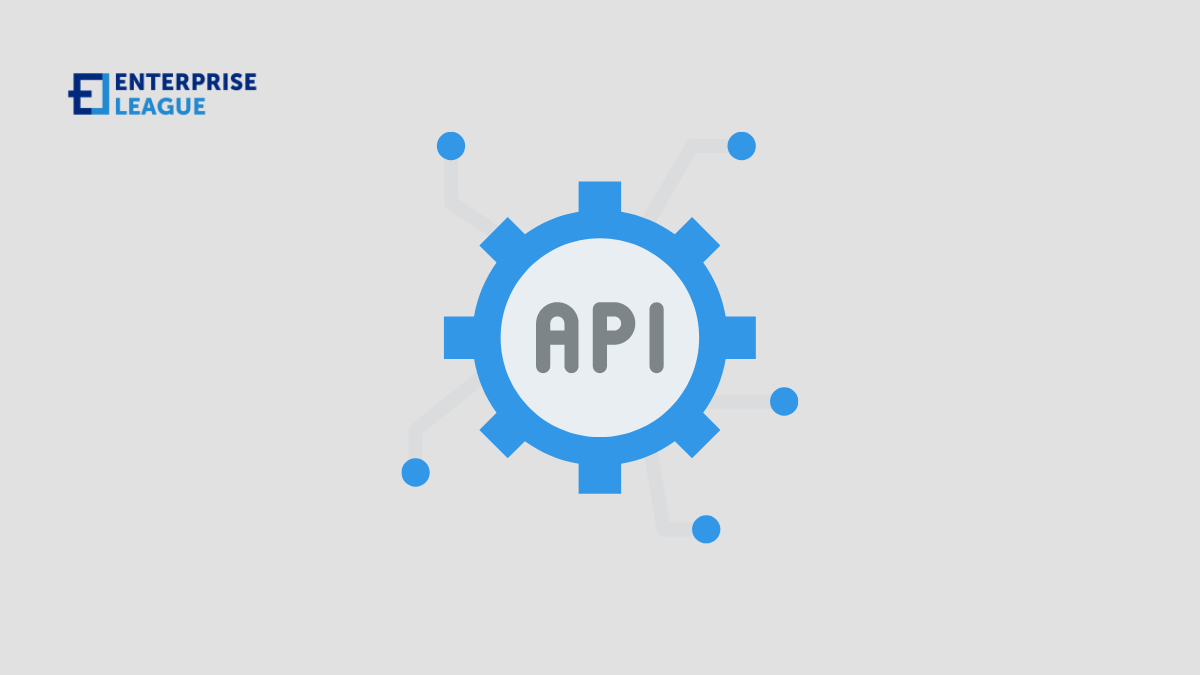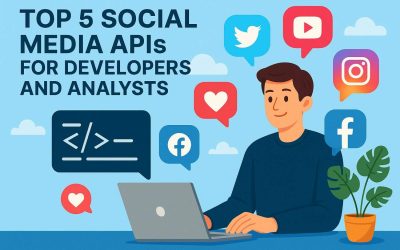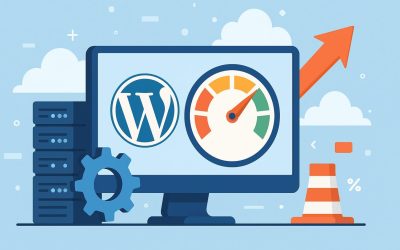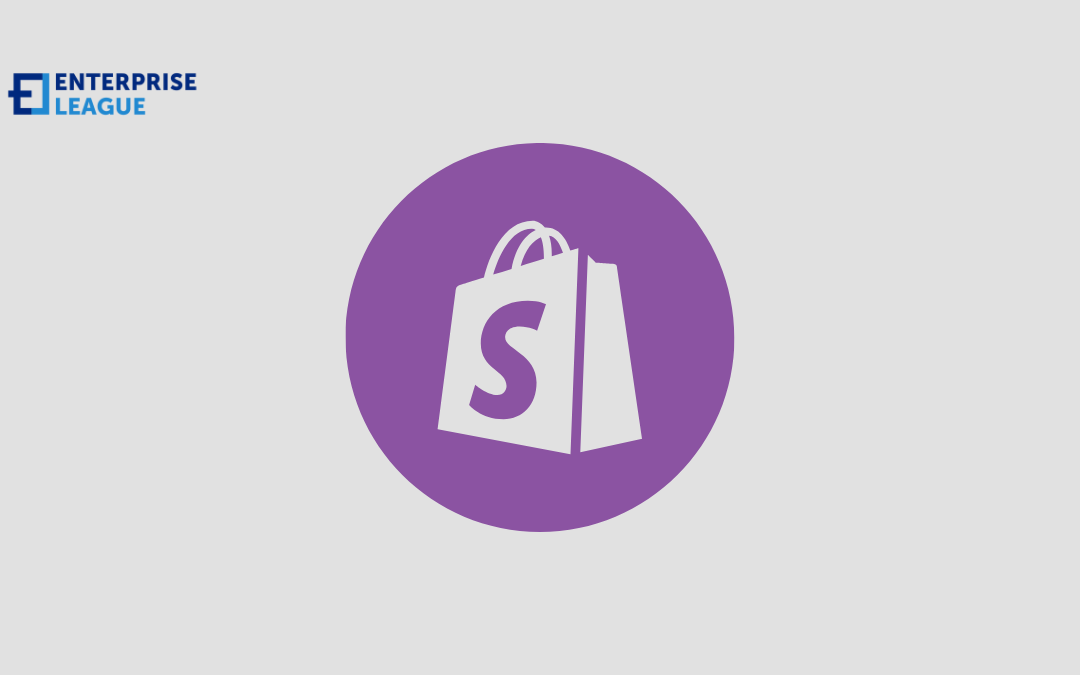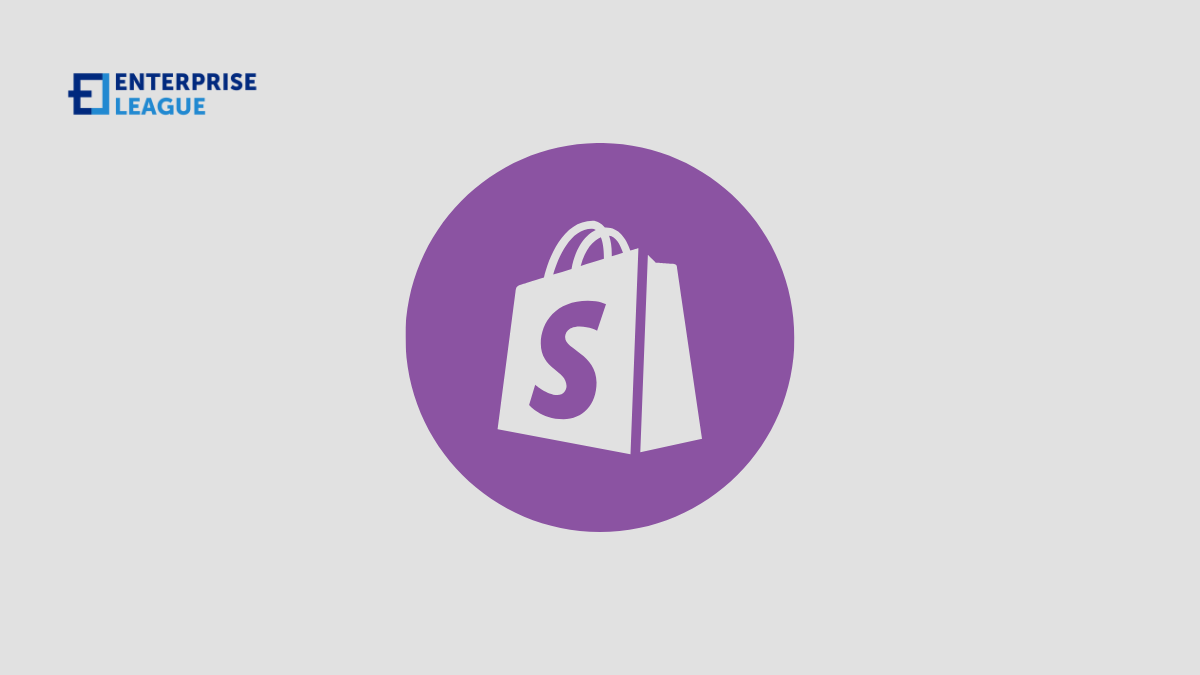In this article, we delve into the importance of infusing a human touch into AI-built websites and explore strategies to achieve this harmonious blend.
Starting a metal fabrication business: What you need to know
Starting a metal fabrication business is no small feat, but with the right prep work and planning, your custom metal shop can thrive! If you are considering setting up a metal fabrication business, you need to have a solid business plan in place first and foremost. So, check out the following insightful overview to help you get started.
Determine the types of services you will offer
First things first, you need to determine the type of metal fabrication services you will offer. Standard services include cutting, welding, shaping, grinding, and repairs. Depending on your level of expertise, you could also provide speciality processes, such as casting, powder coating, and powder metallurgy. You can make sure your metal fabrication business stands out from the competition by offering more specialised services.
Determine the equipment you will need
The type of fabrication services you decide to offer will determine the equipment you need to obtain. You may need to purchase tools like lathes, press brakes, lasers, shears, welding machines, and machining centres. Thankfully, such equipment does not have to be bought new. You will find a wide variety of high-quality used machinery for sale, which can help you reduce your initial financial outlay for tools and equipment.
Determine how many employees you will need
Once you know what types of services you will provide and what machinery you will use, you can work out how many employees you will need. You will also want to think about bringing in specialists who can perform specific jobs well. For example, you may want welders or smiths who are highly qualified and experienced. By pooling a team of experienced experts, you can ensure that your operations run smoothly from day one.
Determine how many customers your business can handle
To help you know how many employees to hire initially, you need to know how much work your metal fabrication business can handle, on a weekly or monthly basis. So, determine how many customer jobs you could realistically take on. Other factors, like the equipment capacity and the size of your space, will also contribute to working out how many customers you can handle.
Many large and established metal fabricators handle over 120,000 sheets of steel in a month. You will probably not be able to handle that much when your business is just starting, but as your company grows, you will be able to take more jobs over time. As a new business, it is worth opting to cater for either commercial or household clients to start with, but you also have the option of catering to both.
Evaluate the competition
To determine things like the type of services you will offer and what type of clients you will work for, it is essential you evaluate the competition in your area. By understanding the competition, such as the type of services they provide and their strengths and weaknesses, you can decide how to position your metal fabrication business against established companies.
Perform market analysis
You also need to look at the metal fabrication market as a whole to help you define your target market and your plans for catering towards that specific audience. By gaining relevant market analysis data (by using these market research methods) and processing it via charts or graphs, you can come up with a solid plan for progression.
Get the appropriate insurance
When you start your own metal fabrication business, a major requirement is obtaining the appropriate insurance. Your employees will be regularly working with dangerous tools and equipment, so there is always the chance of accidents and injuries occurring at your workplace. Compare and contrast different insurance providers and get quotes from them so that you can decide on the best insurance option for your fabrication business.
Come up with sales and marketing strategies
You need to outline pricing and sales information before you can begin operating your metal fabrication business. In turn, that allows you to come up with appropriate sales and marketing strategies. You can have the best machine shop and the most experienced and qualified employees in the world. But unless you have a solid marketing strategy for gaining customers, your business will fail before it has even gotten off the ground. So, rationalise why your target audience will purchase your services and how you intend to reach them via marketing and advertising efforts.
Raise capital and write a financial plan
Before you can begin any business, you need funds behind you. Most new businesses either save up capital to invest in the firm or take out small business loans. But you also have the option of gaining individual investors. The amount of money you will need for your new fabrication business will largely depend on the type of service your business will offer. Once you have worked out details like the type of machinery you need, how many employees you require, and your marketing costs, you will have a much more accurate idea of how much initial money is required to set up and run your business. And it is essential you write a financial plan. That should include:
- The amount needed to start or maintain your business.
- The amount needed over the next two, three, and five years.
- Plans of how you will use your funds.
- Anticipations of additional funds required.
- Ongoing expenses, such as salaries, insurance, and marketing costs.
Conclusion
Bringing your vision and expertise in metalwork to the marketplace is an exciting endeavor. With strategic preparation and a passion for the trade, your custom fabricated products can find buyers and make your metal shop thrive.
More must-read stories from Enterprise League:
- A list of marketing automation examples that you must know.
- 16 fiction books every entrepreneur should read as soon as possible.
- The golden rules you need to build a steady buyer-seller relationship.
- Things to consider before deciding on a business location.
- Best virtual networking events to get you back in the game.
Related Articles
How to infuse human touch in your AI-built website
How to handle workplace bullying: 11 effective ways (2025)
Knowing how to handle workplace bullying is a must for business owners. Bullying at the workplace should be immediately stopped when noticed, and these are the ways to do it.
How to develop an influencer marketing strategy (2025)
Find out how to develop an influencer marketing strategy to grow your business. This strategy became a must over the past few years, so make sure you implement it right.
6 supply chain challenges and how to solve them
When your business works with physical products it won’t be long until certain supply chain challenges arise. Knowing how to deal with these supply chain issues is crucial.
8 brand design tips for small businesses (2025)
Are you frustrated you can’t afford a professional designer for your business? Worry no more, these brand design tips for small businesses will help you put your struggles behind.

